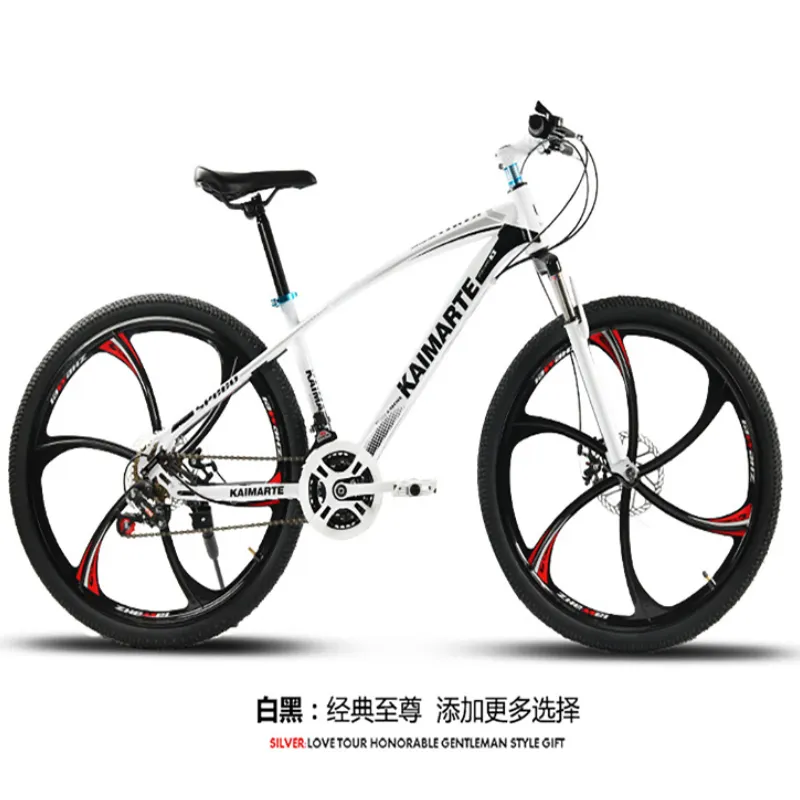
- Afrikaans
- Albanian
- Amharic
- Arabic
- Armenian
- Azerbaijani
- Basque
- Belarusian
- Bengali
- Bosnian
- Bulgarian
- Catalan
- Cebuano
- Corsican
- Croatian
- Czech
- Danish
- Dutch
- English
- Esperanto
- Estonian
- Finnish
- French
- Frisian
- Galician
- Georgian
- German
- Greek
- Gujarati
- Haitian Creole
- hausa
- hawaiian
- Hebrew
- Hindi
- Miao
- Hungarian
- Icelandic
- igbo
- Indonesian
- irish
- Italian
- Japanese
- Javanese
- Kannada
- kazakh
- Khmer
- Rwandese
- Korean
- Kurdish
- Kyrgyz
- Lao
- Latin
- Latvian
- Lithuanian
- Luxembourgish
- Macedonian
- Malgashi
- Malay
- Malayalam
- Maltese
- Maori
- Marathi
- Mongolian
- Myanmar
- Nepali
- Norwegian
- Norwegian
- Occitan
- Pashto
- Persian
- Polish
- Portuguese
- Punjabi
- Romanian
- Russian
- Samoan
- Scottish Gaelic
- Serbian
- Sesotho
- Shona
- Sindhi
- Sinhala
- Slovak
- Slovenian
- Somali
- Spanish
- Sundanese
- Swahili
- Swedish
- Tagalog
- Tajik
- Tamil
- Tatar
- Telugu
- Thai
- Turkish
- Turkmen
- Ukrainian
- Urdu
- Uighur
- Uzbek
- Vietnamese
- Welsh
- Bantu
- Yiddish
- Yoruba
- Zulu
Aug . 16, 2024 20:57 Back to list
Guide to Fine-Tuning the Gear Shifter on Your Mountain Bike
How to Adjust the Shifter on a Mountain Bike
Adjusting the shifter on your mountain bike is an essential skill that can significantly improve your riding experience. A properly functioning shifter ensures smooth and precise gear changes, which helps you maintain optimal cadence and efficiency on the trails. Here’s a step-by-step guide on how to adjust the shifter on your mountain bike.
Tools You Will Need
Before you start making adjustments, gather the necessary tools - A 5mm Allen wrench (or a different size depending on your bike's components) - Screwdriver (Phillips or flat-head, depending on your bike) - Bike stand (optional but recommended for convenience) - Cable cutters (if you need to replace the cable)
1. Inspect the Shifter and Cables
Start by examining your shifter and cables for any visible signs of wear, fraying, or damage. If the cables are damaged, it’s best to replace them before making further adjustments. A damaged cable can hinder performance and make shifting difficult.
2. Check the Derailleur Alignment
Ensure that your derailleur is correctly aligned with the gears. A misaligned derailleur can cause the chain to skip or not engage the gears properly. You can do this by shifting to the smallest chainring in the front and the smallest cog in the back. The derailleur should be straight and aligned with the gears.
3. Adjusting the Barrel Adjuster
Most mountain bikes come equipped with a barrel adjuster either on the shifter or near the derailleur. This component is used for fine-tuning the cable tension. To increase tension, turn the barrel adjuster clockwise; to decrease tension, turn it counterclockwise. Shift to the gear you wish to adjust, and make small adjustments to the barrel until you achieve clean, precise shifts.
how to adjust the shifter on a mountain bike

4. Fine-Tuning the Limits
Limit screws are located on the derailleur and help define how far the derailleur can move. There are usually two screws one for the high gear (smallest cog) and one for the low gear (largest cog). To prevent the chain from falling off the gears, you must adjust these screws
- High Gear Limit Screw Shift to the highest gear and check if the chain is aligning correctly with the smallest cog. If it overshifts, turn the high limit screw (usually marked with an H) counterclockwise. If it doesn’t reach the cog, turn the screw clockwise. - Low Gear Limit Screw Shift to the lowest gear and repeat the process with the low limit screw (marked with an “L”). Adjust accordingly until the derailleur shifts smoothly without the chain dropping off.
5. Test Ride
After making all necessary adjustments, take your bike for a test ride. Shift through each gear under varying loads to ensure everything operates smoothly. Pay attention to any skipping or hesitation when changing gears, as this may indicate that further adjustments are needed.
6. Regular Maintenance
To keep your shifters functioning properly, ensure regular maintenance of your bike. Clean the drivetrain regularly, lubricate the cables, and check for any signs of wear. A well-maintained shifter system will prolong the lifespan of your components and enhance your riding experience.
Conclusion
Adjusting the shifter on your mountain bike may seem daunting, but with practice, it becomes a manageable task. By following these steps and maintaining your bike regularly, you'll enjoy smoother shifts and a more enjoyable ride on the trails. Always remember that good shifting is crucial for performance and safety, so don’t hesitate to consult a bike mechanic if you encounter any issues you cannot resolve on your own. Happy riding!
-
The Ultimate Kids' Four-Wheeler Experience
NewsJul.09,2025
-
The Ultimate Guide to Mountain Bikes: Gear Up for Your Ride
NewsJul.09,2025
-
The New Age of Cycling: Electric Bikes for Every Rider
NewsJul.09,2025
-
The Best Kids Bicycles: Ride in Style and Safety
NewsJul.09,2025
-
The Best 3-Wheel Scooters for Kids: Fun, Safety, and Adventure
NewsJul.09,2025
-
Revolutionize Your Ride: Affordable Electric Bikes
NewsJul.09,2025
-
Finding the Perfect Mountain Bike for Every Rider
NewsJul.09,2025



